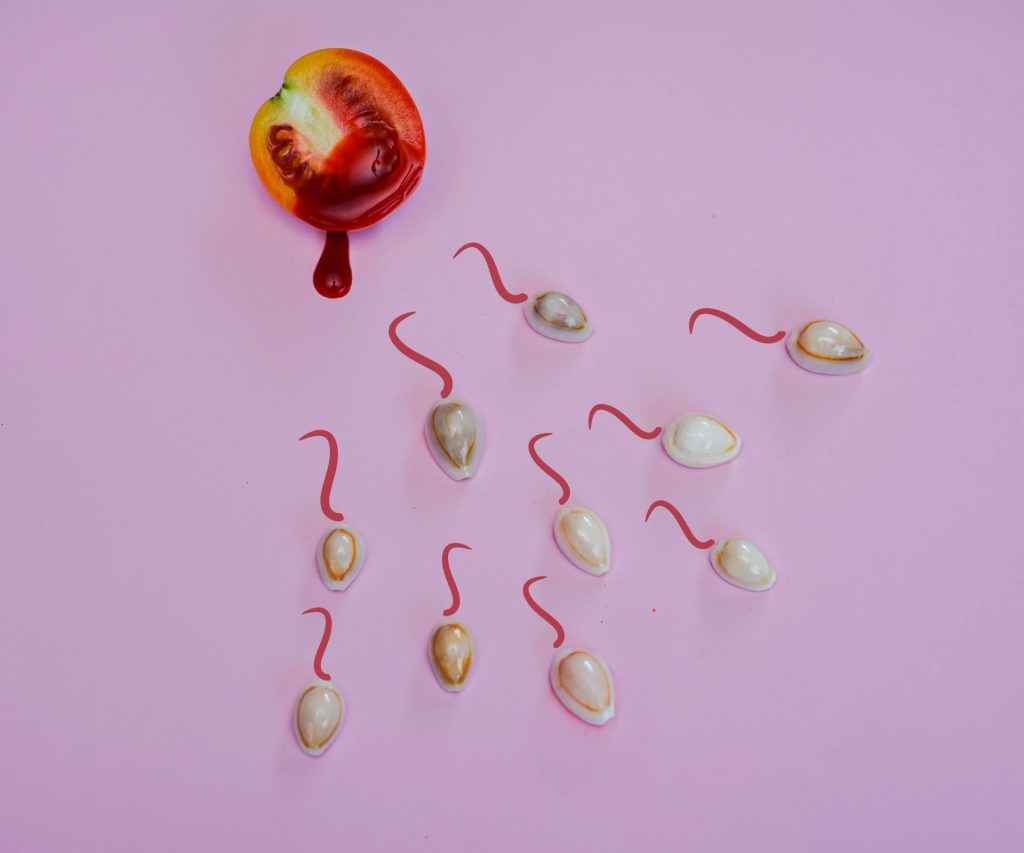Menstruation, colloquially known as “having your period,” is a natural and essential part of the female reproductive system. But what exactly is menstruation, why does it happen, and how can one manage it? Join us as we delve into the scientific intricacies of this monthly phenomenon, exploring the whys, hows, and choices involved, all in an informative and engaging manner.

The Menstrual Miracle: Why Does It Happen?
At its core, menstruation is a monthly process during which a woman’s body sheds the uterine lining, and it’s more than just an inconvenience. The main reasons for menstruation are as follows:
- Preparation for Pregnancy: One of the primary purposes of menstruation is to prepare the body for a potential pregnancy. Each month, the uterine lining thickens in anticipation of hosting a fertilized egg.
- Egg Release: Menstruation is often associated with the release of an egg from the ovaries, known as ovulation. If this egg is not fertilized, the body no longer needs the thickened uterine lining.
- Hormonal Regulation: The menstrual cycle is regulated by a complex interplay of hormones, including estrogen and progesterone, which control the growth and shedding of the uterine lining.
The Science Behind Menstruation: How Does It Happen?
Menstruation is a multi-step process that unfolds within the female reproductive system. Here’s a simplified breakdown:
- Menstrual Cycle Begins: The menstrual cycle begins on the first day of menstruation when the uterine lining starts to break down.
- Hormonal Fluctuations: Hormonal changes trigger the ovaries to release an egg during ovulation, typically around the middle of the cycle.
- Uterine Lining Thickening: If the egg is not fertilized, the uterine lining continues to thicken, preparing for pregnancy.
- Menstruation Commences: If fertilization does not occur, the body’s hormone levels shift, signaling the uterus to shed its lining, which is expelled from the body through the vagina. This is what we commonly refer to as a period.

Managing Menstruation: The Choices and Options
Managing menstruation is a personal choice, and there are various methods and products available to make the experience more comfortable. Here are some common options:
- Menstrual Pads: Disposable or reusable, pads are placed in underwear to absorb menstrual flow.
- Tampons: Inserted into the vagina, tampons absorb menstrual blood and come in various absorbency levels.
- Menstrual Cups: These reusable silicone or rubber cups are inserted into the vagina to collect menstrual blood and can be emptied and reused.
- Period Panties: Special absorbent underwear designed to replace or supplement traditional menstrual products.
- Hormonal Birth Control: Some forms of birth control can regulate or eliminate periods, such as hormonal IUDs, birth control pills, and the birth control shot.
- Pain Relief: Over-the-counter pain relievers like ibuprofen can help alleviate cramps and discomfort.
- Hygiene and Comfort: Regular hygiene practices, frequent changing of products, and staying hydrated can all contribute to comfort during menstruation.
Choosing Not to Get a Period: Is It Possible?
For some individuals, the prospect of having a period every month may not be appealing or practical. In such cases, there are options to regulate or even eliminate periods:
- Hormonal Birth Control: Some forms of hormonal birth control, like certain birth control pills or the hormonal IUD, can suppress menstruation.
- Consulting a Healthcare Provider: Discussing your options and preferences with a healthcare provider is crucial in finding the right solution for your specific needs.
Myth-Busting: Fun Facts About Menstruation
Menstruation comes with its fair share of myths and misconceptions. Let’s debunk a few and uncover some fascinating facts:
- Myth: Period Blood Is Blue: Menstrual blood is not blue; it’s actually red. The perception of it being blue is often due to the way it appears through the packaging of menstrual products.
- Myth: Swimming During Periods Is a No-Go: You can absolutely go swimming during your period. Menstrual products like tampons or menstrual cups are designed to prevent leakage in water.
- Fun Fact: Periods Sync Up: It’s a common belief that women’s periods sync when they spend a lot of time together. While it can seem that way, there’s limited scientific evidence to support this idea.

Menstruation, with its scientific complexity and individual choices, is a natural and remarkable aspect of the female reproductive system. Understanding the “whys” and “hows” of menstruation empowers individuals to make informed decisions about their bodies, embrace their monthly cycles, and manage them in ways that suit their needs and preferences. After all, the ability to make choices about our bodies is a vital part of reproductive health and personal autonomy. So, whether you choose to embrace your monthly marvel or opt for a different path, remember that your body, your choices.





